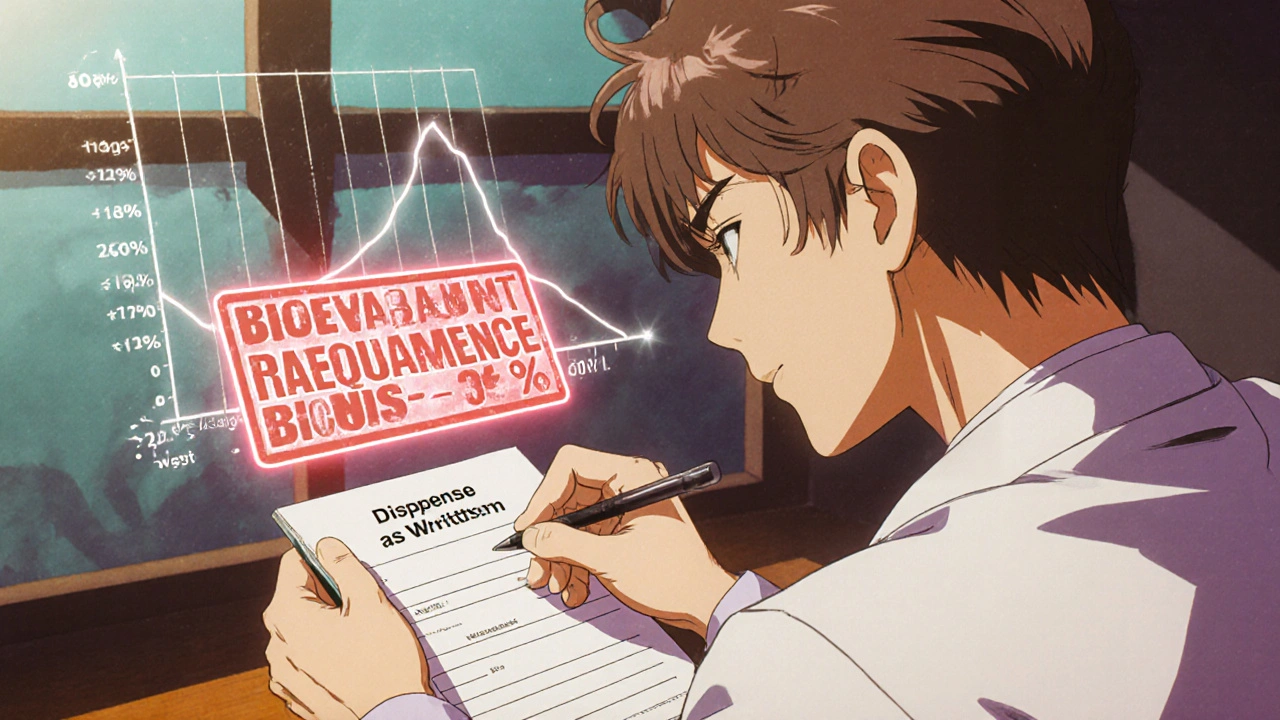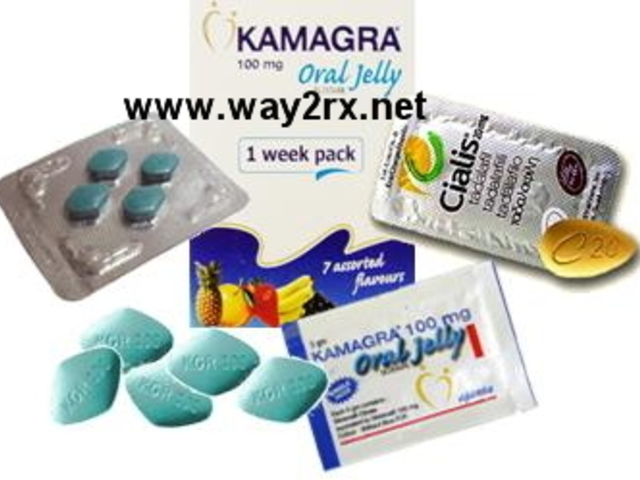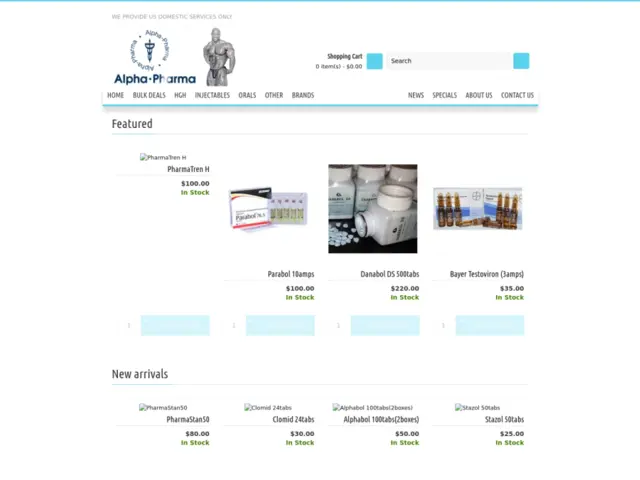When your prescription comes back from the pharmacy and it’s not the brand you asked for, it’s not a mistake. It’s generic substitution-a routine, often mandatory, move by insurers to cut costs. You might be surprised to learn that 90% of all prescriptions filled in the U.S. are for generic drugs. They’re not cheaper because they’re lower quality. They’re cheaper because they don’t carry the marketing, research, and patent costs of brand-name drugs. But that doesn’t mean switching is always simple-or safe.
What Generic Substitution Really Means
Generic substitution happens when a pharmacist swaps your brand-name drug for a generic version that contains the same active ingredient, strength, dosage form, and route of administration. The FDA requires generics to prove they’re bioequivalent: meaning they deliver the same amount of medicine into your bloodstream at the same rate as the brand. The standard? The 90% confidence interval for absorption (AUC and Cmax) must fall between 80% and 125% of the brand’s numbers. That’s tight. It’s not guesswork. It’s science.But here’s the catch: bioequivalence doesn’t guarantee identical results for every person. Inactive ingredients-fillers, dyes, coatings-can vary between manufacturers. One person might switch from brand-name Synthroid to generic levothyroxine and feel fine. Another might get dizzy, experience heart palpitations, or see their TSH levels swing wildly. That’s not because the generic is broken. It’s because their body reacts differently to the new formulation.
Why Insurers Push for Generics
Insurance companies aren’t trying to be cruel. They’re trying to survive. In 2023, generics made up just 18% of total U.S. drug spending but filled 90% of prescriptions. That’s a $373 billion annual savings for the healthcare system. For private insurers like Sun Life Financial and Great West Life in Canada, the math is even clearer: brand-name drugs cost an average of $72 per claim; generics cost $27. That’s a 62.5% drop.Most insurers structure their plans to make generics the default. If you want the brand, you pay the difference. For example, if your brand-name Lipitor costs $120 and the generic atorvastatin costs $15, your copay might be $15-but you’ll owe $105 out-of-pocket. That’s a big incentive to switch. Some plans even have mandatory generic programs: if you insist on the brand, you get no reimbursement at all unless your doctor proves it’s medically necessary.
State Laws Vary-A Lot
You might think federal rules control this. They don’t. Each state has its own rules. In Texas, a pharmacist can only substitute if three conditions are met: the generic costs you less, you don’t refuse it, and your doctor didn’t write “dispense as written” or “brand medically necessary.” In California, pharmacists must notify you before substituting. In 19 states, pharmacists are legally required to substitute unless told not to. In 7 states and Washington, D.C., you must give explicit consent.And it gets more complicated with biologics. Insulin, rheumatoid arthritis drugs, and cancer treatments are often biologics-complex proteins made in living cells. The FDA allows “biosimilars” to enter the market, but they’re not exact copies. They’re “highly similar.” That means substitution rules are stricter. As of 2023, 38 states have laws governing biosimilar substitution. Thirty-two require the prescriber to be notified within 5 to 7 days. Twenty-seven require extra patient consent beyond what’s needed for regular generics.

How to Stop an Unwanted Switch
If your doctor believes the brand is essential-whether because of past side effects, inconsistent response, or a narrow therapeutic index (like warfarin, lithium, or seizure meds)-they need to write it on the prescription. Two phrases matter: “Dispense as Written” or “Brand Medically Necessary.”That’s it. That’s your legal shield. In most states, once those words are on the script, the pharmacist can’t substitute. Even if your insurer says “no,” the law says “yes.” But here’s the problem: many doctors don’t know this. Or they forget. Or they assume the pharmacist will handle it.
If you’ve had a bad reaction to a generic before, or if you’re on a drug where small changes matter, ask your doctor to write it on the script. Don’t assume they’ll know. Say it clearly: “I need you to write ‘dispense as written’ on this prescription.”
What to Do If You’re Switched Without Consent
Sometimes, you’ll get home and realize the pill looks different. The bottle says something else. You didn’t agree to this. What now?First, don’t take it. Call your pharmacy. Ask: “Was this substitution authorized?” If they say yes, ask: “Did my doctor allow it?” If they say no, or if your doctor wrote “dispense as written,” you have grounds to refuse. The pharmacy is required to give you the brand if it’s marked that way.
If you already took it and feel off-dizziness, nausea, mood swings, irregular heartbeat-call your doctor immediately. Track your symptoms. Take notes. If you’re on thyroid medication, get a blood test. If you’re on blood thinners, get an INR check. These aren’t minor issues. Generic switches can cause real, measurable harm in sensitive patients.
Also, report it. Contact your insurer. Ask for a copy of their substitution policy. File a complaint. Many insurers have internal review processes for unauthorized switches. If you’re on Medicare Part D, you can also appeal through the Medicare appeals process. Don’t let it slide.
When Generics Don’t Work-And Why
Most people do fine with generics. But some don’t. And it’s not all in their head.Studies show that 37% of negative reviews on Drugs.com mention unexpected substitutions despite “dispense as written” prescriptions. That’s a systemic failure. It happens because pharmacists are pressured by PBMs (pharmacy benefit managers) like Express Scripts and OptumRx. These companies control formularies. They decide which drugs are covered and at what cost. If a brand isn’t on the preferred list, the pharmacist gets a financial incentive to switch-even if the doctor said no.
Some drug classes are especially tricky:
- Narrow therapeutic index drugs: Warfarin, lithium, phenytoin, levothyroxine. Tiny changes in blood levels can cause serious side effects.
- Complex delivery systems: Inhalers, injectables, topical creams. The device matters as much as the drug. A generic inhaler might have a different spray pattern, forcing you to inhale wrong.
- Biologics: Even if a biosimilar is approved, many patients report different side effects or reduced effectiveness. The science is still evolving.
One patient on Reddit switched from brand-name Humira to a biosimilar and developed a rash and joint pain within weeks. Their rheumatologist had to switch them back. That’s not rare. It’s underreported.

How to Fight Back and Keep Your Medication
If you need the brand and your insurer says no, here’s the step-by-step:- Get documentation: Ask your doctor to write a letter explaining why the brand is medically necessary. Include your history: previous reactions, lab results, failed attempts with generics.
- Submit prior authorization: Most insurers require this. Blue Cross Blue Shield of Michigan approves 78% of requests with solid documentation. Don’t give up if it’s denied the first time.
- Appeal: If denied, file a formal appeal. Use your doctor’s letter. Add your own notes. Cite FDA guidelines on bioequivalence limitations.
- Ask about patient assistance programs: Some brand-name manufacturers offer free or discounted drugs to people who can’t afford them-even if their insurance won’t cover it.
It takes time-2 to 14 business days, according to the American Pharmacists Association. But it works. You’re not asking for luxury. You’re asking for stability. For safety.
What You Can Do Today
You don’t have to wait for a crisis. Here’s what to do now:- Check your current prescriptions. Are they brand or generic? If generic, ask your doctor: “Is it okay if I stay on this?”
- If you’ve had issues with generics before, get your doctor to write “dispense as written” on every new script.
- Call your insurer. Ask: “What’s your policy on generic substitution? Do I need to consent?”
- Keep a log: Note the drug name, manufacturer, how you felt before and after switching.
- Don’t be afraid to speak up. You have rights. Your health isn’t a cost center.
Generic substitution saves money. That’s good. But it shouldn’t come at the cost of your health. The system is designed to push you toward cheaper options. You have to push back-wisely, persistently, and with the right paperwork.
Can a pharmacist substitute my brand-name drug without telling me?
In most states, pharmacists are required to notify you before substituting a brand-name drug with a generic. However, 19 states require mandatory substitution unless the doctor writes "dispense as written" or "brand medically necessary." In those states, the pharmacist can switch it without asking-unless you’ve explicitly blocked it. Always check your state’s laws and confirm with your pharmacy.
Why does my insurance only cover the generic version?
Insurers use formularies to control costs. Generics cost 80-90% less than brand-name drugs. By steering patients toward generics, insurers reduce spending dramatically. If you choose the brand, you’ll usually pay the full price difference out of pocket. Some plans even refuse to pay anything for the brand unless your doctor proves medical necessity.
Are generic drugs really as safe as brand-name drugs?
Yes, for most people and most drugs. The FDA requires generics to meet strict bioequivalence standards. But safety isn’t just about the active ingredient. Inactive ingredients like dyes, fillers, and coatings can vary between manufacturers and may cause reactions in sensitive individuals. This is especially true for drugs with narrow therapeutic indices, like thyroid medication or blood thinners.
What if I switch to a generic and feel worse?
Contact your doctor immediately. Keep a symptom log-note when you started the generic, what symptoms you experienced, and when they started. Get blood tests if applicable (like TSH for thyroid meds or INR for warfarin). Ask your doctor to write "dispense as written" on your next prescription. You can also file a complaint with your insurer and report the issue to the FDA’s MedWatch program.
Can my doctor override my insurance’s generic requirement?
Yes. If your doctor writes "dispense as written" or "brand medically necessary" on the prescription, the pharmacy is legally required to fill it as written in most states. You may still have to pay more out of pocket, but you won’t be forced to take a drug your doctor says isn’t right for you.
Final Thoughts
Generic substitution isn’t good or bad. It’s a tool. Used well, it saves billions and keeps medicine affordable. Used carelessly, it risks patient safety. You’re not powerless in this system. You have the right to know what you’re getting. You have the right to refuse a switch. And you have the right to demand documentation when your health is on the line.Don’t let cost-cutting become a health risk. Stay informed. Speak up. Keep records. And never assume the pharmacist or insurer has your best interest in mind-unless you’ve made it clear what that is.





kora ortiz - 18 November 2025
Stop letting corporations decide what medicine you get. If your body reacts to a generic, that’s not ‘in your head’-it’s biology. Demand ‘dispense as written’ on every script. No excuses. Your health isn’t negotiable.
Jeremy Hernandez - 18 November 2025
PBMs are running this whole show. They’re not even pharmacists-just Wall Street middlemen who get kickbacks for pushing generics. Doctors don’t even know what’s happening. This isn’t healthcare, it’s a rigged game. I’ve seen people go from stable to suicidal after a switch. And nobody gets punished. The system is broken.
Tarryne Rolle - 20 November 2025
It’s not about generics being bad. It’s about the illusion of equivalence. We pretend science can reduce human biology to a confidence interval between 80% and 125%. But the body isn’t a lab rat. It’s a symphony of invisible variables-gut flora, epigenetics, stress, sleep. We reduce life to numbers to make it profitable. And then we wonder why people feel ‘off’.
Jessica Healey - 22 November 2025
i literally cried when my synthroid switched and i got anxiety attacks for 3 weeks. no one believed me. now i keep a bottle of the old one as backup. just in case.
Levi Hobbs - 23 November 2025
Important note: Many pharmacies now use electronic systems that auto-substitute unless the prescriber explicitly blocks it. Always confirm with your pharmacist that ‘dispense as written’ is in the system-not just on the paper script. Also, check your EHR portal for substitution alerts. It’s not just about the prescription-it’s about the backend.
henry mariono - 24 November 2025
I’ve been on levothyroxine for 12 years. Switched to generic twice. Both times, my TSH went from 1.8 to 5.7. I went back to brand. My doctor wrote ‘dispense as written’ and my insurer finally accepted it. It took three appeals. But I didn’t give up. You shouldn’t either.
Bill Machi - 26 November 2025
This country is falling apart. We let corporations dictate medical decisions. In my day, doctors prescribed, pharmacists dispensed, and patients trusted. Now? We’re lab rats in a profit-driven experiment. And the government lets it happen. Shameful. We need to stop this. Now.
Elia DOnald Maluleke - 26 November 2025
Let me offer a perspective from the Global South: here, generics are often the only option-and they save lives. But I understand your anguish. The tragedy is not the generic drug itself, but the absence of oversight, transparency, and patient agency. In a world where access is a privilege, the ethical burden falls not on the pill, but on the system that commodifies healing.
satya pradeep - 27 November 2025
bro i had the same issue with my seizure med. switched to generic, had a seizure in the middle of work. called my neurologist, he wrote 'dispense as written' on the next script. insurance denied it. appealed. got approved in 10 days. now i keep a copy of the script and the lab results in my wallet. never trust a pharmacist to remember your history.
Prem Hungry - 29 November 2025
Dear fellow patient, your health is not a spreadsheet. If you feel different after a switch, document everything-symptoms, dates, dosages. Ask your doctor for a letter of medical necessity. Submit it with your appeal. Insurers approve 70%+ of appeals with solid documentation. You are not alone. Keep fighting. Your voice matters.
Leslie Douglas-Churchwell - 30 November 2025
Let’s be real: this is all part of the PBM-Pharma-Insurer cartel. They’ve engineered this system to make you dependent on their ‘solutions.’ Biosimilars? More like ‘bioslumbers.’ They don’t work the same. And they know it. That’s why they push them harder for biologics. You’re being gaslit. Your symptoms are real. The FDA’s 80-125% range? That’s a loophole designed to let them off the hook. 🤡💊
shubham seth - 30 November 2025
Generic substitution is just corporate cannibalism with a white coat. They don’t care if you get dizzy, they care if your copay drops from $120 to $15. And when you crash? They’ll blame your ‘noncompliance.’ Meanwhile, the same execs who approved this switch are sipping champagne in Zurich. This isn’t healthcare. It’s a crime with a pharmacy label.
Kathryn Ware - 1 December 2025
Just wanted to add something practical: if you’re on warfarin, lithium, or levothyroxine, ALWAYS get a blood test 4-6 weeks after any generic switch-even if you feel fine. TSH, INR, serum lithium levels can drift slowly, and you won’t notice until it’s too late. I’m a nurse, and I’ve seen too many patients end up in the ER because they assumed ‘bioequivalent’ meant ‘identical.’ It doesn’t. Track your labs. Keep a log. And don’t be shy about asking your pharmacist for the manufacturer name on the bottle. It’s your right.
Kyle Swatt - 2 December 2025
They say generics are the same but we treat people like variables in an equation. We don’t. We’re not algorithms. We’re humans with histories, traumas, bodies that remember. If your thyroid won’t stabilize after a switch, it’s not you being dramatic. It’s the system failing you. Write ‘dispense as written.’ Keep records. Tell your story. And when they say no-say it louder.